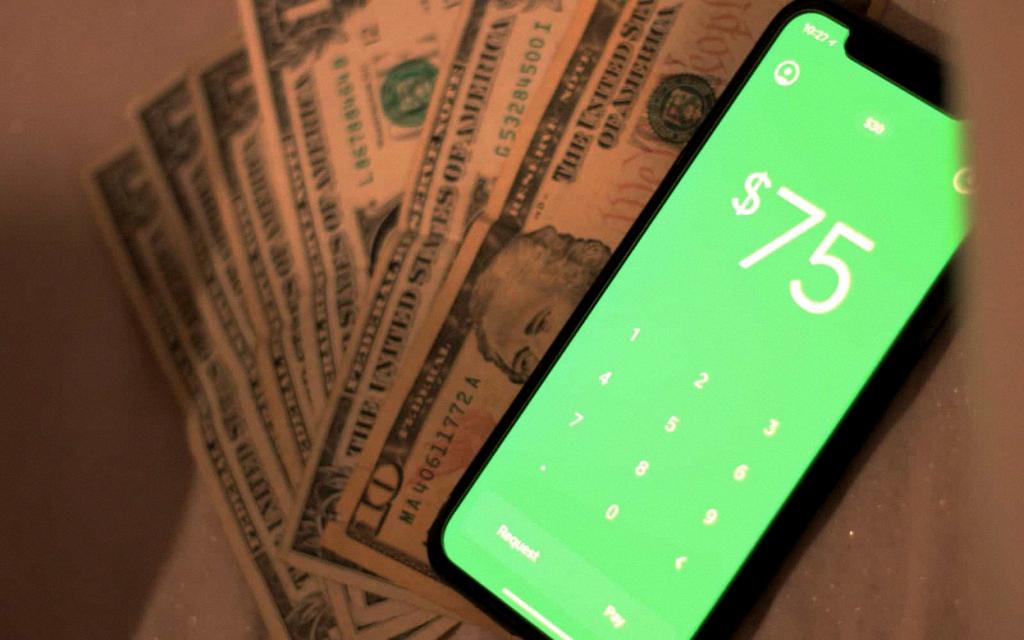When you find that your bank is declining Cash App transfers, it can be a frustrating situation that leaves you wondering what went wrong. There are several reasons why this issue may arise, and it is essential to get to the bottom of things to resolve it effectively.
Insufficient Balance in Your Account
One of the most common reasons for a bank to decline Cash App transfers is an insufficient balance in your account. When you initiate a transfer through Cash App, the app needs to verify that you have enough funds to cover the transaction. If your account balance is low or in the negative, the transfer will be declined by your bank.
Bank Account Not Linked to Cash App
Another possible reason for your bank to decline Cash App transfers is if your bank account is not properly linked to the Cash App. It is crucial to ensure that your bank account information is up to date and accurately entered into the app to prevent any potential issues with transfers.
Security Concerns and Fraud Prevention
Banks have stringent security measures in place to protect their customers from fraud and unauthorized transactions. If your bank detects any suspicious activity or believes that a transfer may be fraudulent, they may decline the transaction to safeguard your funds and personal information.
Network Connectivity and Technical Glitches
At times, technical glitches or network connectivity issues can also lead to your bank declining Cash App transfers. If there is a temporary interruption in the communication between Cash App and your bank, the transfer may not go through successfully.
Exceeding Transfer Limits
Most banks impose daily transfer limits to prevent unauthorized transactions and protect their customers from potential fraud. If you exceed these limits or attempt to transfer an amount that exceeds your daily limit, your bank may decline the transaction.
Incorrect Bank Account Information
It is essential to double-check the bank account information you have entered into Cash App before initiating a transfer. If there are any errors in the account number, routing number, or other details, your bank may decline the transfer due to the mismatched information.
Temporary Account Holds or Restrictions
In some cases, banks may place temporary holds or restrictions on accounts for various reasons, such as suspected fraud, large transactions, or other security concerns. If your account is subject to any holds or restrictions, your bank may decline transfers until the issue is resolved.
Outdated Cash App or Bank App Versions
Outdated versions of the Cash App or your bank’s mobile app can sometimes lead to compatibility issues that result in declined transfers. It is advisable to regularly update both apps to ensure smooth transactions and prevent any technical hiccups.
Unusual Transfer Patterns or Activity
If your bank notices any unusual transfer patterns or activity on your account, they may decline transfers as a precautionary measure to protect you from potential fraudulent activities. It is essential to monitor your account regularly and report any suspicious transactions to your bank.
Communication Issues between Cash App and Your Bank
Communication breakdowns between Cash App and your bank can also lead to transfer failures and declines. If there are delays or issues in the verification process between the two platforms, your bank may decline the transfer until the communication is restored.
Bank Policies and Procedures
Each bank has its policies and procedures when it comes to handling electronic transfers and transactions. If your bank’s policies restrict certain types of transactions or have specific requirements for transfers, they may decline transactions that do not meet their criteria.

Resolving Bank Declined Cash App Transfers
If you encounter a situation where your bank declines a Cash App transfer, it is crucial to contact both Cash App customer service and your bank to investigate the issue further. By identifying the root cause of the problem and taking appropriate steps to address it, you can prevent future transfer failures and ensure seamless transactions in the future.
